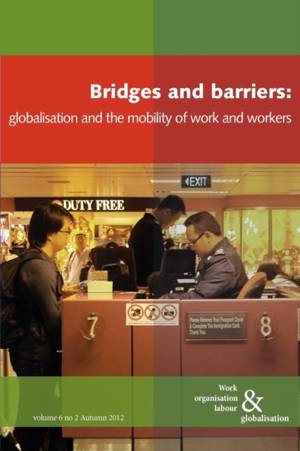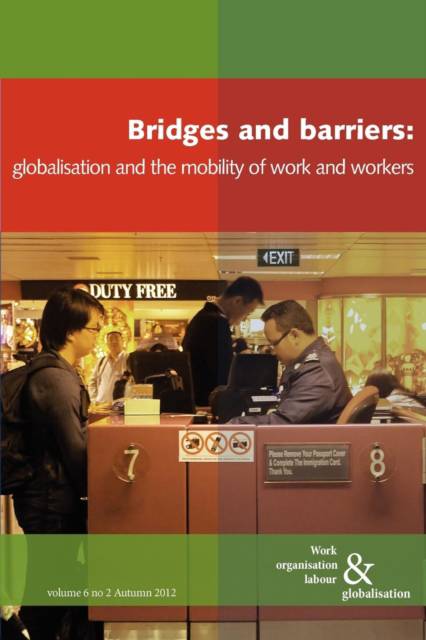
Je cadeautjes zeker op tijd in huis hebben voor de feestdagen? Kom langs in onze winkels en vind het perfecte geschenk!
- Afhalen na 1 uur in een winkel met voorraad
- Gratis thuislevering in België vanaf € 30
- Ruim aanbod met 7 miljoen producten
Je cadeautjes zeker op tijd in huis hebben voor de feestdagen? Kom langs in onze winkels en vind het perfecte geschenk!
- Afhalen na 1 uur in een winkel met voorraad
- Gratis thuislevering in België vanaf € 30
- Ruim aanbod met 7 miljoen producten
Zoeken
Bridges and Barriers
Globalisation and the Mobility of Work and Workers
€ 25,95
+ 51 punten
Omschrijving
Globalisation opens up many new choices for employers, both to relocate work and to tap into a flexible labour pool through the use of migrant workers. There is a complex interplay between the movement of jobs to people (offshore outsourcing) and the movement of people to jobs (migration). As well as examining the spatial dynamics of offshore outsourcing, this collection explores some of the ways that both jobs and workers are becoming more mobile, and looks not only at the implications of this for the careers and conditions of workers in footloose employment but also what it means for the workers who are left behind when global forces snatch away their more geographically rooted jobs. Drawing on research carried out in Eastern and Western Europe, North and South America and Asia, this collection brings together a diverse range of studies, in the process providing important new insights into both the barriers to and the enablers of employers' access to a global reserve army of labour. It also demonstrates that global spatial restructuring is not necessarily a single one-off process but typically involves complex mutual adaptation at a local level.
Specificaties
Betrokkenen
- Uitgeverij:
Inhoud
- Aantal bladzijden:
- 194
- Taal:
- Engels
- Reeks:
Eigenschappen
- Productcode (EAN):
- 9780850366365
- Verschijningsdatum:
- 1/12/2012
- Uitvoering:
- Paperback
- Formaat:
- Trade paperback (VS)
- Afmetingen:
- 156 mm x 234 mm
- Gewicht:
- 276 g

Alleen bij Standaard Boekhandel
+ 51 punten op je klantenkaart van Standaard Boekhandel
Beoordelingen
We publiceren alleen reviews die voldoen aan de voorwaarden voor reviews. Bekijk onze voorwaarden voor reviews.








